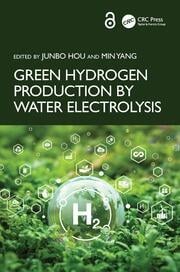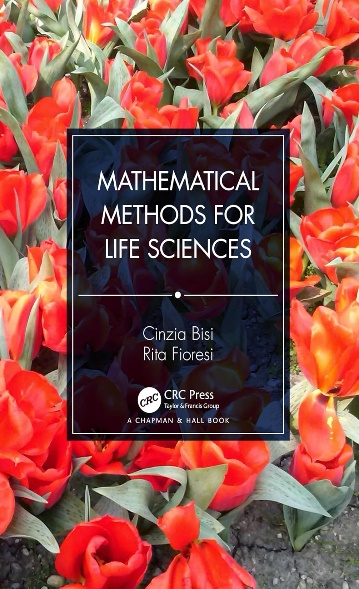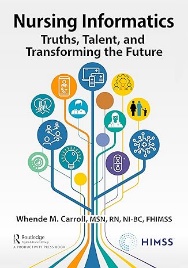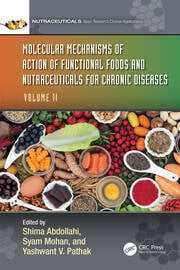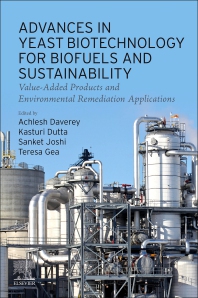
Book
Agricultural Soil Sustainability and Carbon Management
ISBN : 9780323959117
Author : Sunita Kumari Meena
Publisher : Academic Press
Year : 2023
Language : English
Type : Book
Description : Table of contents Cover image Title page Table of Contents Copyright Contributors 1. Global carbon cycle and methods for estimating soil carbon: general concepts 1. Introduction 2. Carbon pools and fluxes 3. Global soil organic C stock estimation 4. Conclusion and future remarks 2. Crop management practices for carbon sequestration 1. Introduction 2. Contribution of agriculture in global warming 3. Carbon sequestration in soil 4. Factors influencing soil carbon pool Figs. 2.3 and 2.4 5. Crop management practices as modulators on carbon sequestration 6. C sequestration in different agroecological systems 7. Region-specific crop management practices and C sequestration 8. Enhancing the soil C sequestration via Conservation agriculture 9. Challenges and opportunities 10. Conclusion 3. Carbon management strategies for sustainable food production systems 1. Introduction 2. Forms of soil carbon 3. Sources of soil organic carbon 4. Importance of soil organic carbon in agriculture 5. Causes of declining soil organic carbon 6. Strategies to enhance soil organic carbon 7. Conclusions 4. Soil management for salt-affected soil 1. Introduction 2. Sodic soil reclamation agents 3. Salt-affected soils and crop production 4. Conclusion 5. Toward the tree-based ecosystems for carbon sequestration 1. Introduction 2. Methodology 3. Results and discussion 4. Soil carbon density (t C ha−1) 5. Total carbon density (vegetation + soil) of systems 6. Conclusion 6. Interactions between wind erosion and soil organic carbon 1. Introduction 2. Soil organic carbon as wind erosion control factor 3. Soil organic carbon losses due to wind erosion 4. Conclusions 7. Land suitability evaluation for cereals and coffee in Cheleleka Bobe (Wolonkomi area), Ethiopia 1. Introduction 2. Materials and methods 3. Results and management alternatives 4. Conclusion and recommendation 8. Carbon sequestration in agroforestry systems 1. Introduction 2. Concepts and definition 3. Renewed interest in agroforestry 4. Research update and efforts to popularize agroforestry 5. Existing land use/agroforestry practices in lower Himalayan region 6. Studies related to most favored tree species in use 7. Studies related to the interaction of woody perennials and herbs under various systems 8. Research related to effect of trees on soil/nutrition 9. Carbon sequestration potential of agroforestry systems 10. Mechanisms of soil carbon sequestration 11. Carbon sequestration in agroforestry systems: measurements 12. The potential of agroforestry for carbon sequestration 13. Benefits of agroforestry systems 14. Conclusion 9. Agricultural management impacts on soil organic carbon storage 1. Introduction 2. Mechanisms of soil organic carbon stabilization 3. Agricultural management practices and soil organic carbon changes 4. The “4 per 1000 initiative” 5. Conclusion 10. Impact of agroforestry ecosystem on carbon sequestration potential and climate change 1. Introduction 2. Background of agroforestry in India 3. Strategies for mitigation of climate change: C sequestration, C conservation, C substitution 4. Carbon sequestration potential 5. C sequestration by agroforestry system—potential intervention to realize REDD+ actions 6. Opportunity and challenges 7. Conclusions and recommendations 11. Advances in soil restoration: villains and heroes of agricultural sustainability 1. Introduction 2. Methodology 3. Conclusions 12. Maintenance of sustainability of agriculture and soil organic carbon through biodynamic agriculture practices 1. Introduction 2. Biodynamic preparations 3. Conclusion 13. Organic amendment management: impact on carbon dynamics, sugarcane quality, and productivity 1. Introduction 2. Conclusion Index

